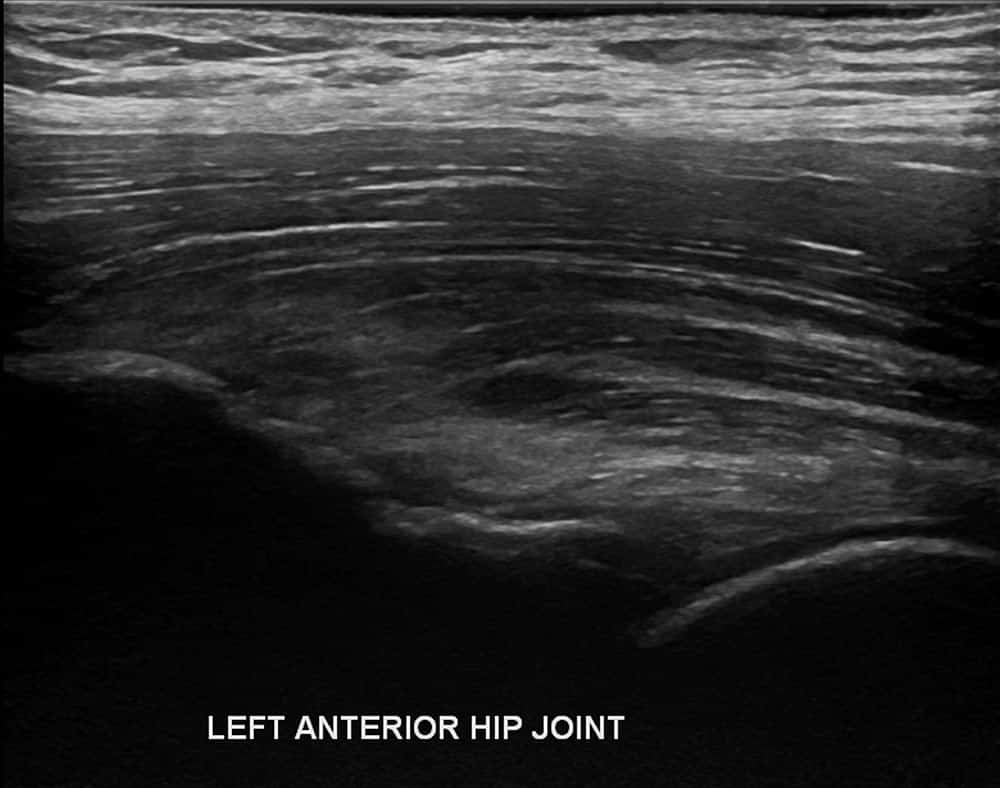

Fifteen professional football players were recruited to participate in this study. Elsevier BV.The purpose of this study was to compare the fascicle length, angle pennation and mechanical properties of the biceps femoris long head (BFlh) in dominant and non-dominant limbs in previously injured and uninjured professional football players. Evaluation of the impact of assistive artificial intelligence on ultrasound scanning for regional anaesthesia. R., Burckett-St Laurent, D., Harris, C., Margetts, S., Morecroft, M., Phillips, D., Rees, T., Sleep, N., Vasalauskaite, A., West, S., Noble, J. The authors drew a conclusion that such technology may be employed in the future to improve non-experts' performance and perhaps increase patient access to these procedures.īowness, J. It was shown that using ScanNav Anatomy Peripheral Nerve Block led to better ultrasound picture capture and analysis. Participant confidence, expert global performance score, or scan duration did not differ significantly overall. In comparison to 161/208 (77.4%) without the device, 188/212 (88.8%) correctly identified sono-anatomical features on the view. When using the device, participants correctly identified the block view in 56/62 (90.3%) scans as opposed to 47/62 (75.1%) scans (two data points missing).ģ. Scan confidence was reported by participants, experts supplied a global assessment score for the effectiveness of the scan, and scans were timed.ġ.đ26 ultrasound scans were evaluated by experts.Ģ. The proper acquisition of each block view and the accurate identification of sono-anatomical features on each image were evaluated by experts. Each person then carried out a scan for each block, performing half of them with and a half without AI support. In this exploratory investigation, researchers assessed non-experts' abilities to do ultrasound scanning during ultrasound-guided regional anesthesia both with and without the use of an AI system.įor this study, the ultrasound scanning for six peripheral nerve blocks was taught to twenty-one anesthesiologists who were all novices in ultrasound-guided regional anesthesia. Ultrasound image interpretation is increasingly being done with the help of artificial intelligence. However, this may be difficult, especially for practitioners who are just starting out. The use of ultrasound to see important landmarks, targets, and safety structures is a prerequisite for ultrasound-guided regional anesthesia. The findings of this study were published in the British Journal of Anaesthesia.

Bowness and colleagues suggests that the capture and interpretation of ultrasound images improved when an assistive artificial intelligence (AI) device was used.



 0 kommentar(er)
0 kommentar(er)
